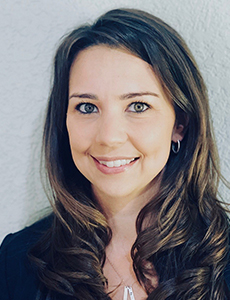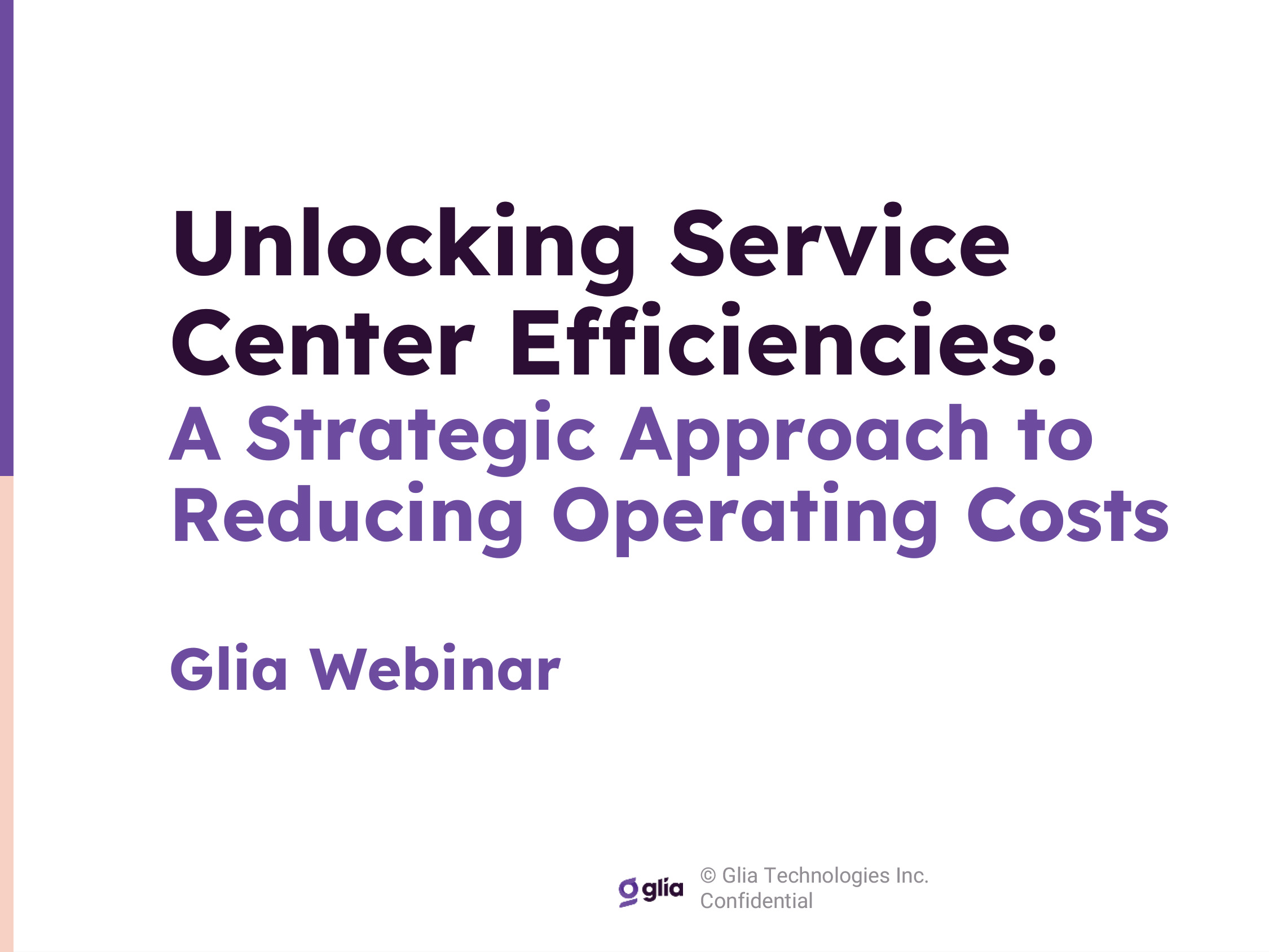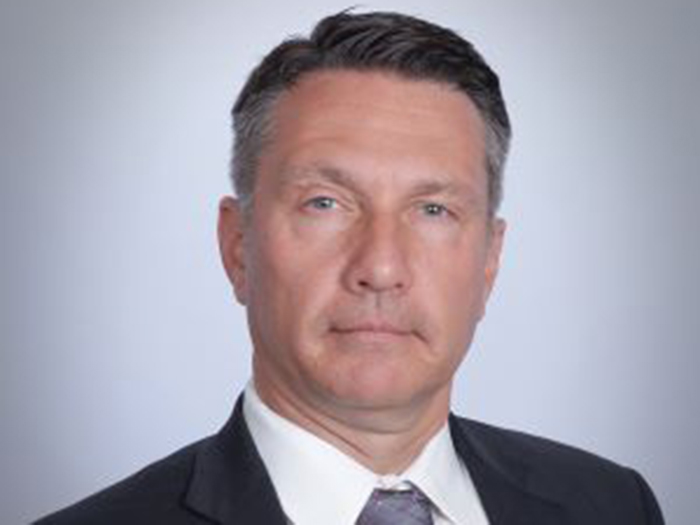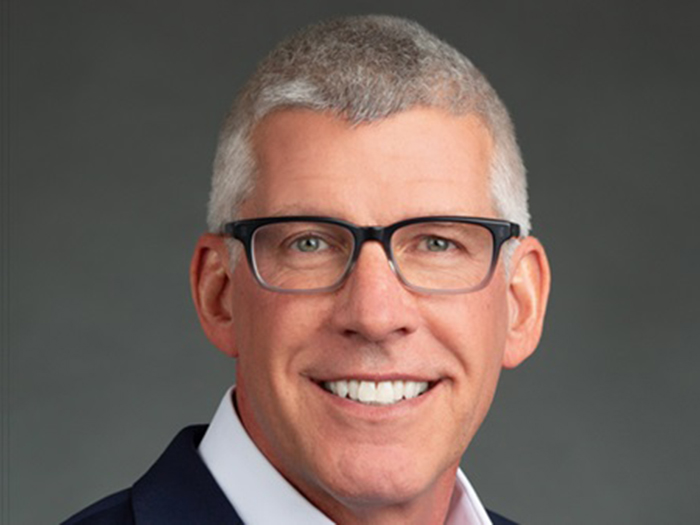Occupational Athletic Training and How It Can Address the Billions We Spend on Musculoskeletal Conditions

Musculoskeletal conditions — the most common of which are trauma, back pain and arthritis — affect more than one out of every two persons in the United States age 18 and over, nearly three out of four age 65 and over, and cost $332 billion between 2012 and 2014, according to the U.S. Bone and Joint Initiative’s 4th edition of “The Burden of Musculoskeletal Diseases in the US.”
As the American workforce ages, it’s a critical concern for the workers’ compensation industry.
In a National Workers’ Compensation and Disability Conference digital session going live on April 7, experts from Concentra will discuss the drivers of musculoskeletal disease and innovative approaches to managing the risks associated with it.
Shelby Mendez, director of therapy operations, East Florida, for Concentra, and Chris Studebaker, national director of onsite therapy and athletic trainers for Concentra, will focus on the proactive model in musculoskeletal disease, and the importance of prevention.
The Musculoskeletal Topics of Focus
“We treat a lot of patients after they get injured, but there are a lot of things we can do from a prevention standpoint,” said Mendez.
“Looking at things from an overall big picture of health, looking at quality of health, what are they doing from an activity level perspective and what are they doing at their job — how can we help them prevent these injuries before coming to our center. It’s beneficial to the patient, employers and payers.”
Studebaker, by contrast, is focused on onsite clinics and their role in proactive workplace care.
“From my background in the onsite world, we see a lot of clients, more and more since the 1990s, saying, ‘We can’t go with this outdated model of health for musculoskeletal cases.’ The cost of health care has become so expensive in the workers’ comp system that employers are looking more and more to find innovation,” he said.
That innovation can take many forms, but for Mendez and Studebaker, it all starts with an understanding of how overall health affects musculoskeletal health and injury risk.
Covering those basics will occupy part of the presentation.
“We’re going to talk about the bigger picture of the problem in its entirety and how musculoskeletal health fits into overall worker health, which is not something that everybody necessarily understands,” Studebaker explained.
“People tend to think of the musculoskeletal system as independent, but when things break down, you can see how a person’s musculoskeletal health needs to be optimal to reduce their injury risk.”
How Musculoskeletal Injury Can Lead to Bigger Risk
A 2015 study published via the Occupational Safety and Health Research Institute assessing the relationship between comorbid health problems and musculoskeletal issues bears this out.
A sample of 29,711 employees selected from respondents of the Third Korean Working Conditions Survey and split into two groups (Musculoskeletal Complaints Group and Sickness Absence Group) found that overall fatigue and depression/anxiety disorder increased in the Musculoskeletal Complaints Group.
In the Sickness Absence Group, insomnia/sleep disorder and injury by accident were observed.
This is a familiar pattern in workers’ compensation, where a seemingly mild musculoskeletal injury begets treatment for mental health concerns and sleep disorders.
That is part of the reason why musculoskeletal disorders account for 33% of all workers’ compensation costs and require 38% more time away from work (11 days versus 8 days) than the average injury.
The authors of the study concluded that “for management of musculoskeletal complaints and sickness absence in the workplace, differences in health problems between employees with musculoskeletal complaints and those with sickness absence as well as the physical and psychological risk factors should be considered.”
Those factors are part of the preventative model Studebaker and Mendez will discuss.
Studebaker explained that it is all about “not just waiting until people get hurt and then trying to get them fixed, but instead to try and find ways to prevent them from ever getting hurt in the first place.”
He added, “We like this topic as a philosophical step back to look at musculoskeletal health in totality and to talk about what it is as a problem and some of the things people have done to solve it.”
Top Takeaways from the Presentation
As an additional nod to practical applications of the proactive model, the presentation will include a brief interview with Jason Gambill, manager of electric safety and training for Dominion Energy. Gambill manages communication, safety data analysis, technical training and development for Dominion.
Studebaker said Dominion Energy uses “an innovative approach to this that I doubt many employers have even considered.”
More than anything though, Mendez and Studebaker hope that the session provides a shift in thinking for employers.
“Employers need to think of worker health as a continuum and that the line between health and wellbeing and work-related injury is a blurry one,” Studebaker explained.
“Switching the emphasis to a preventive model can not only save them a lot of money, it can also enhance their workforce’s wellbeing and happiness. It doesn’t need to be an either/or.” &
The session, Are We Driving the Model of Employee Health without a Locomotor? It’s Time to Take Musculoskeletal Health Mainstream, will air on April 7th at 2 PM EST. Register here.












